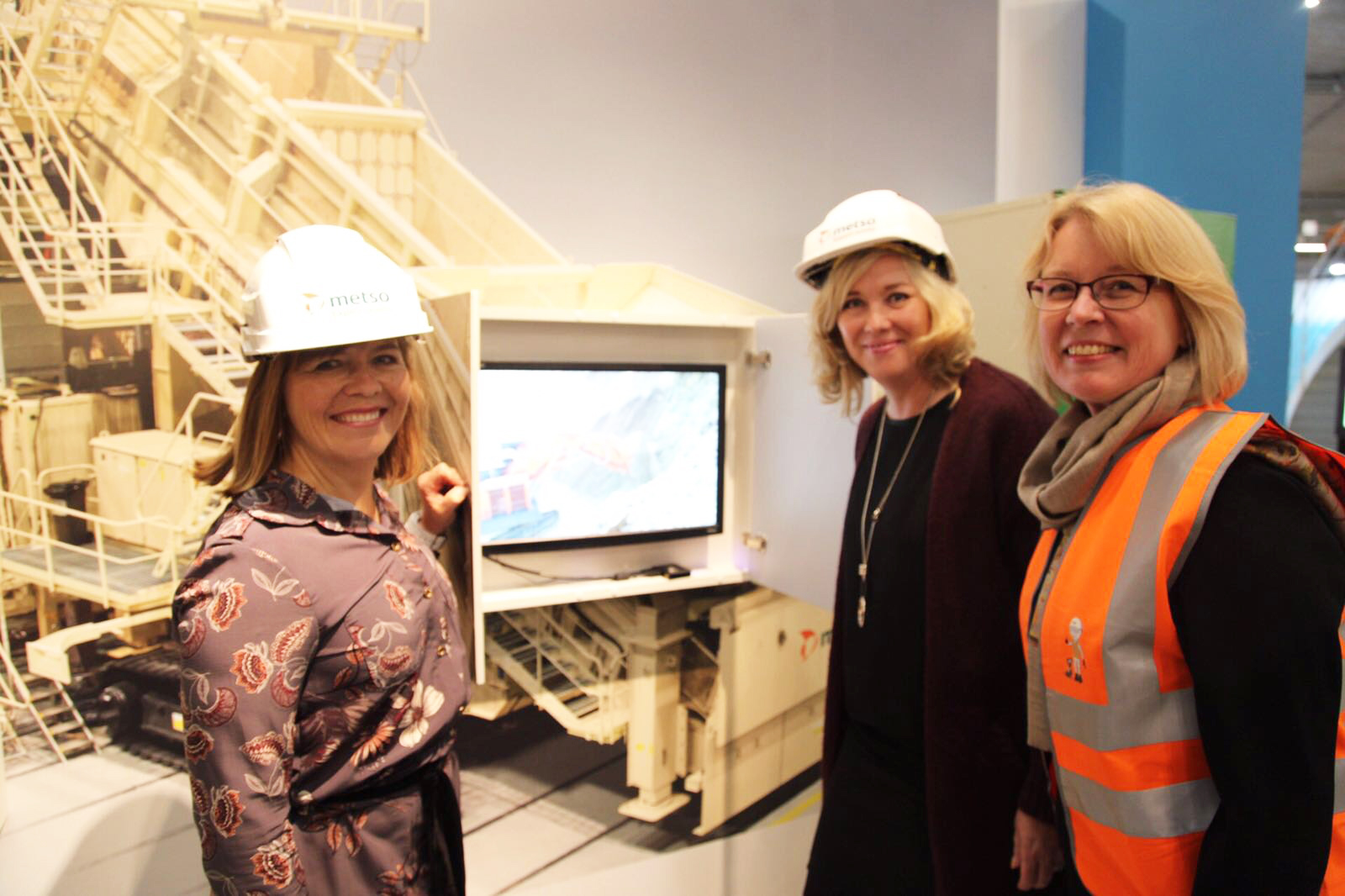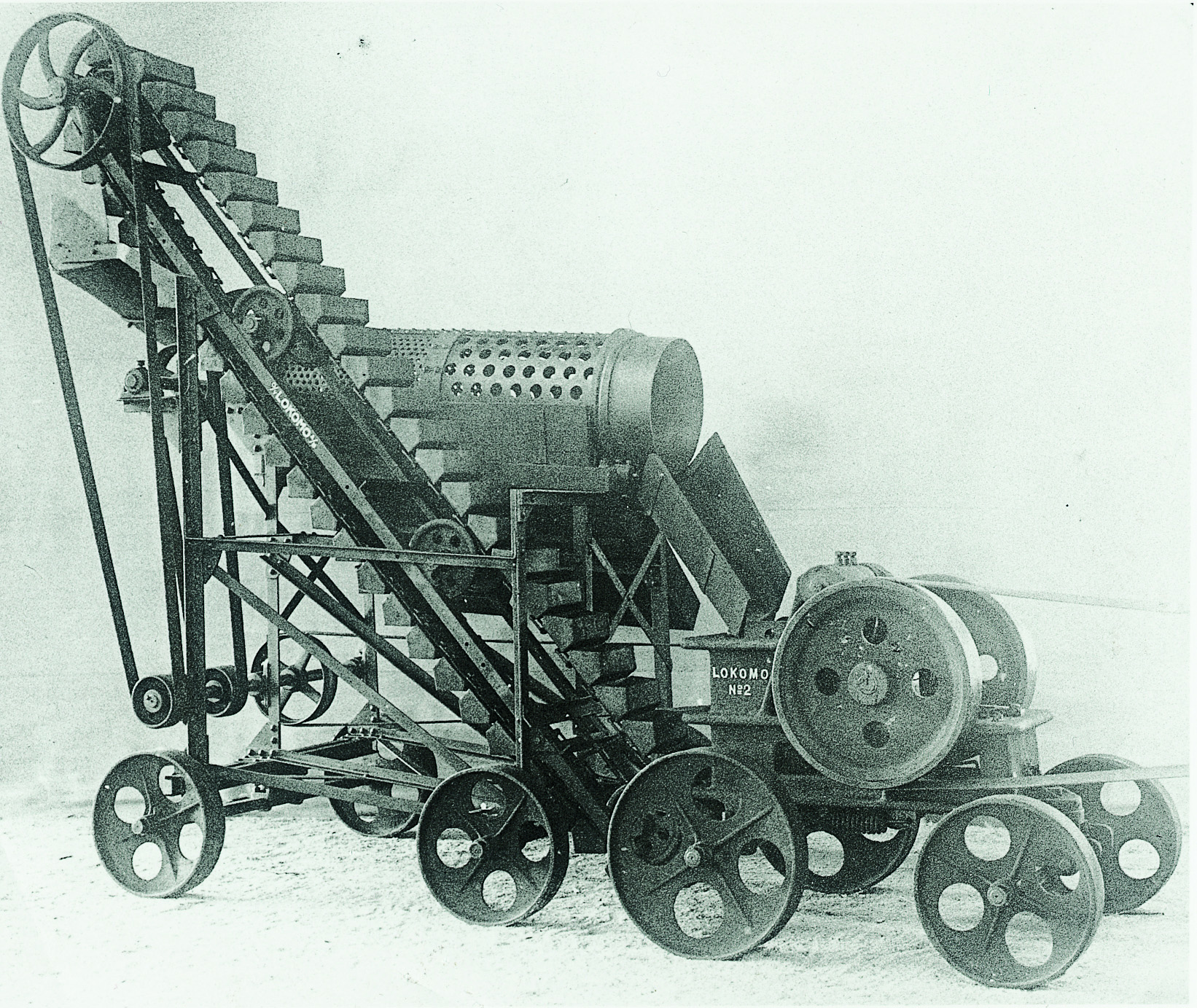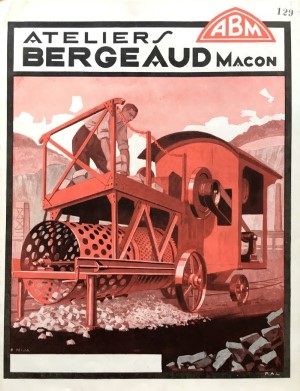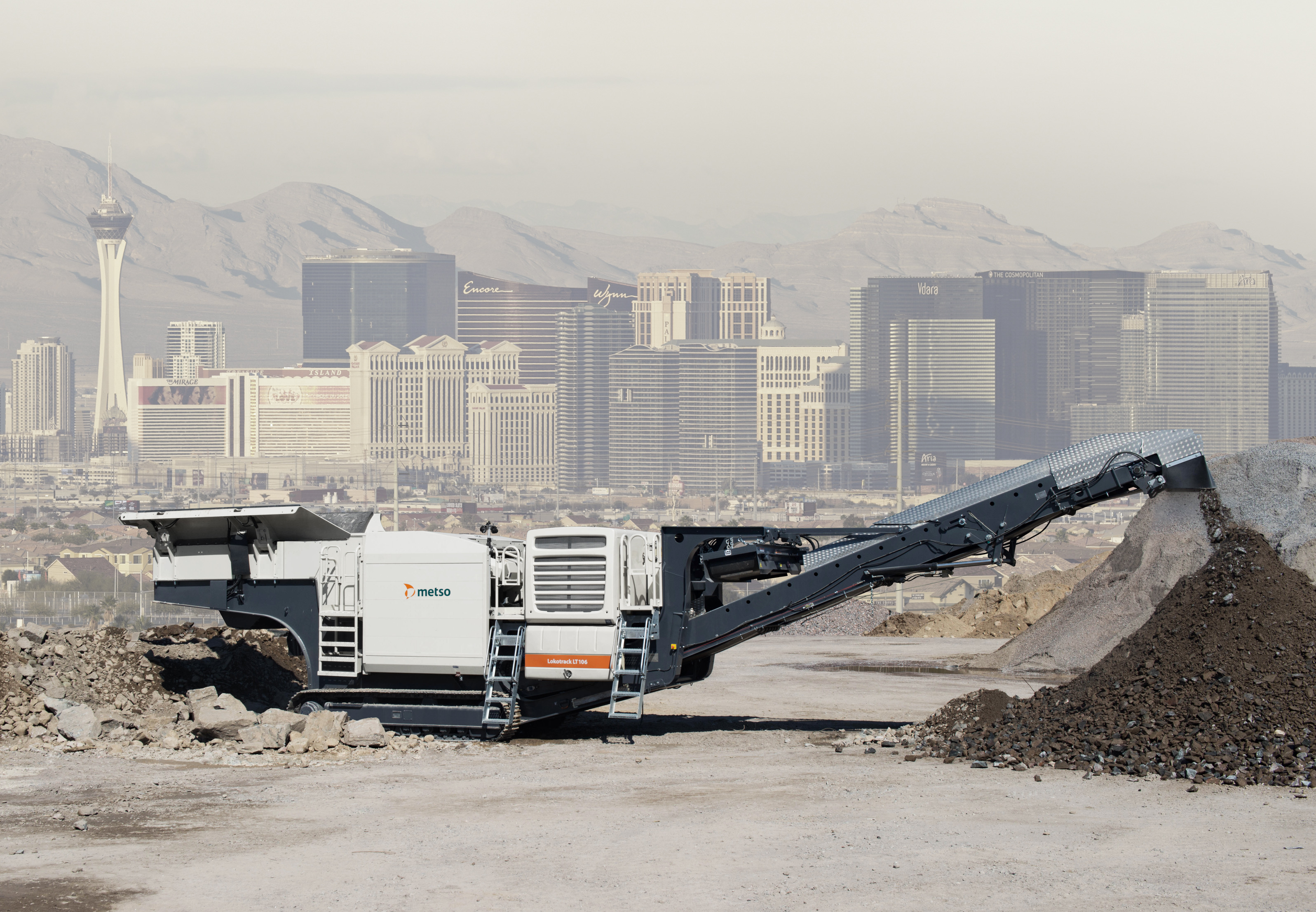Metso’s history has its origins in the 1860s when the first industrial revolution had made its impact on the ways of living and consuming. Roads and railway networks were being built, and more and more people began moving to towns and cities. The construction industry started to boom, not only because of the organic growth of cities and transportation networks, but also because of the massive reconstruction needs after the wars. In addition, the increasing use of concrete grew the demand for sand. Since then, there has been a high demand for aggregates.
Some of our predecessors, like Ateliers Bergeaud in France and Lokomo in Finland, began manufacturing rock crushing and screening equipment already in the early 1900s to help meet the skyrocketing need for aggregates. Thanks to our long experience in this industry, we now offer the best available technology for the crushing of rock into different types of aggregate. Without high-quality gravel and sand, it would be impossible to build houses, airports, roads, railroads, bridges, and dams.



